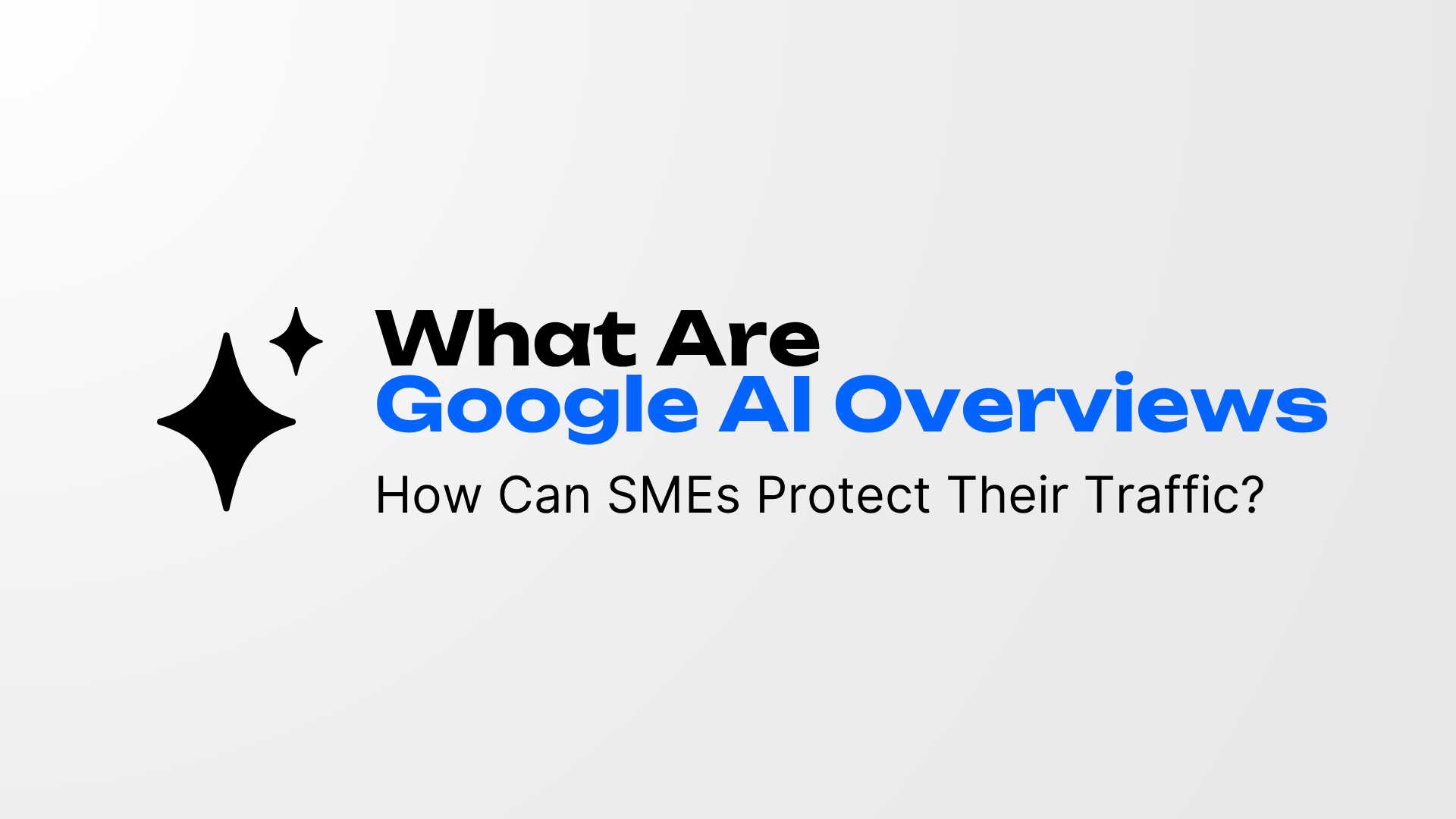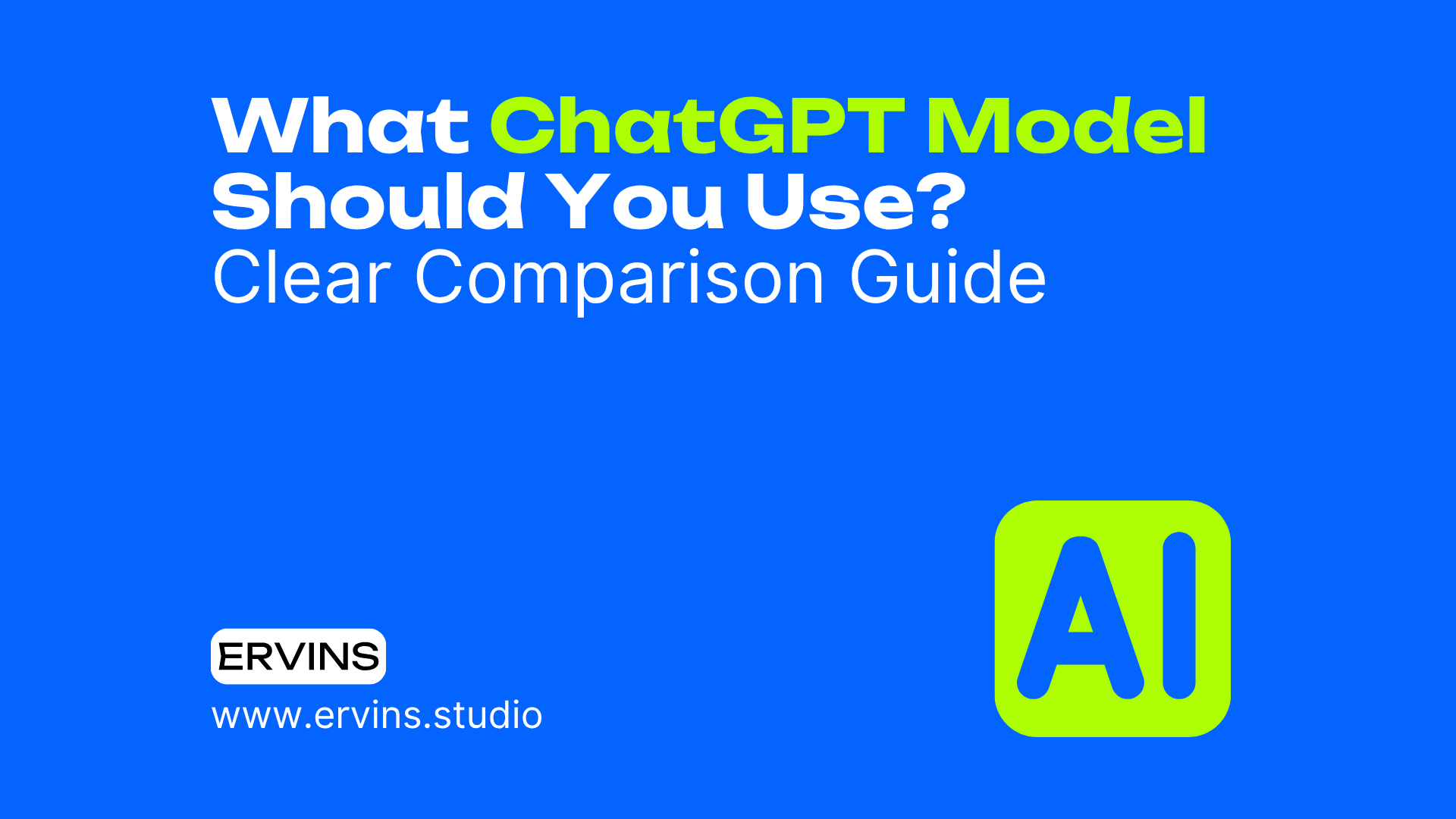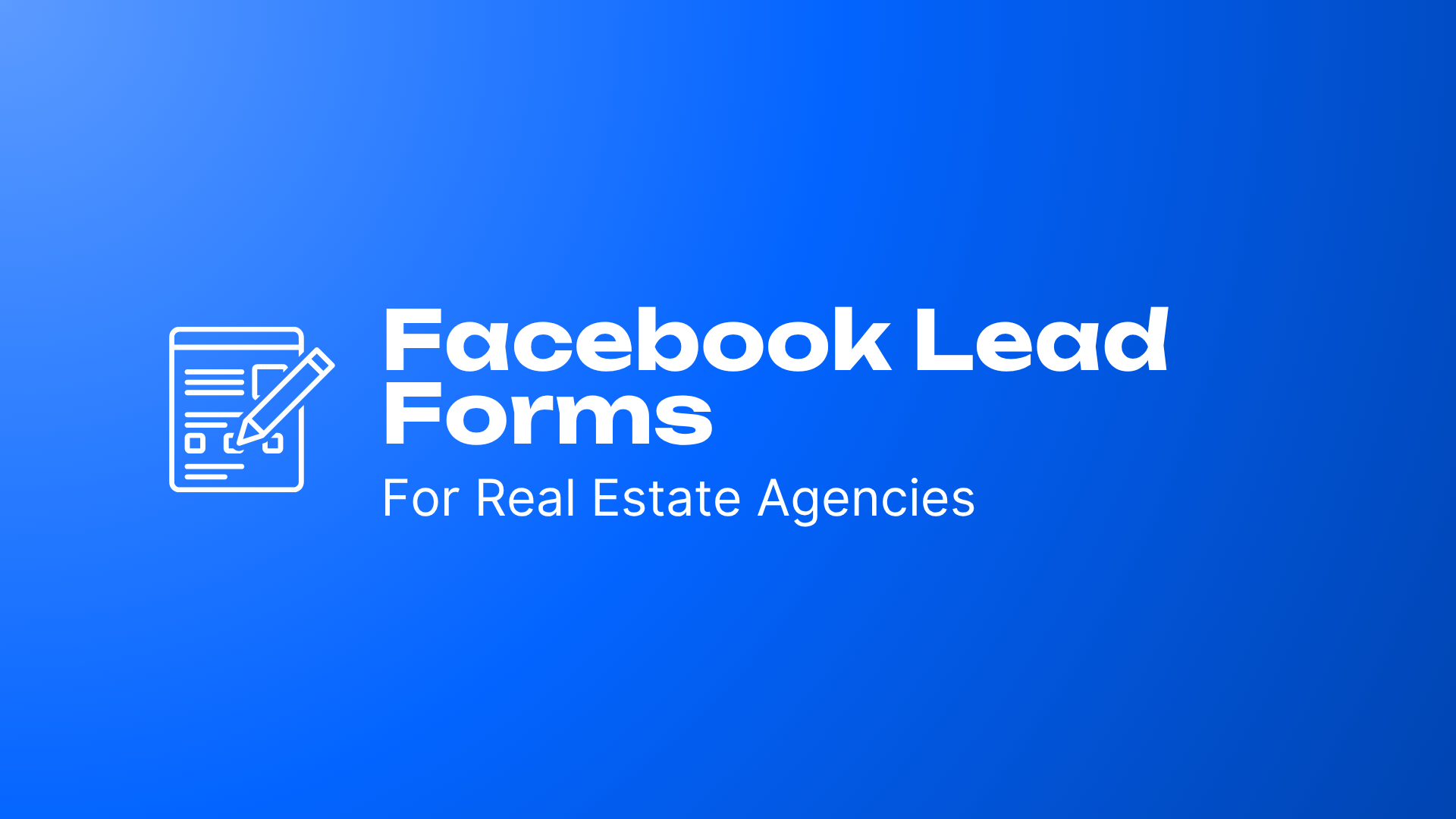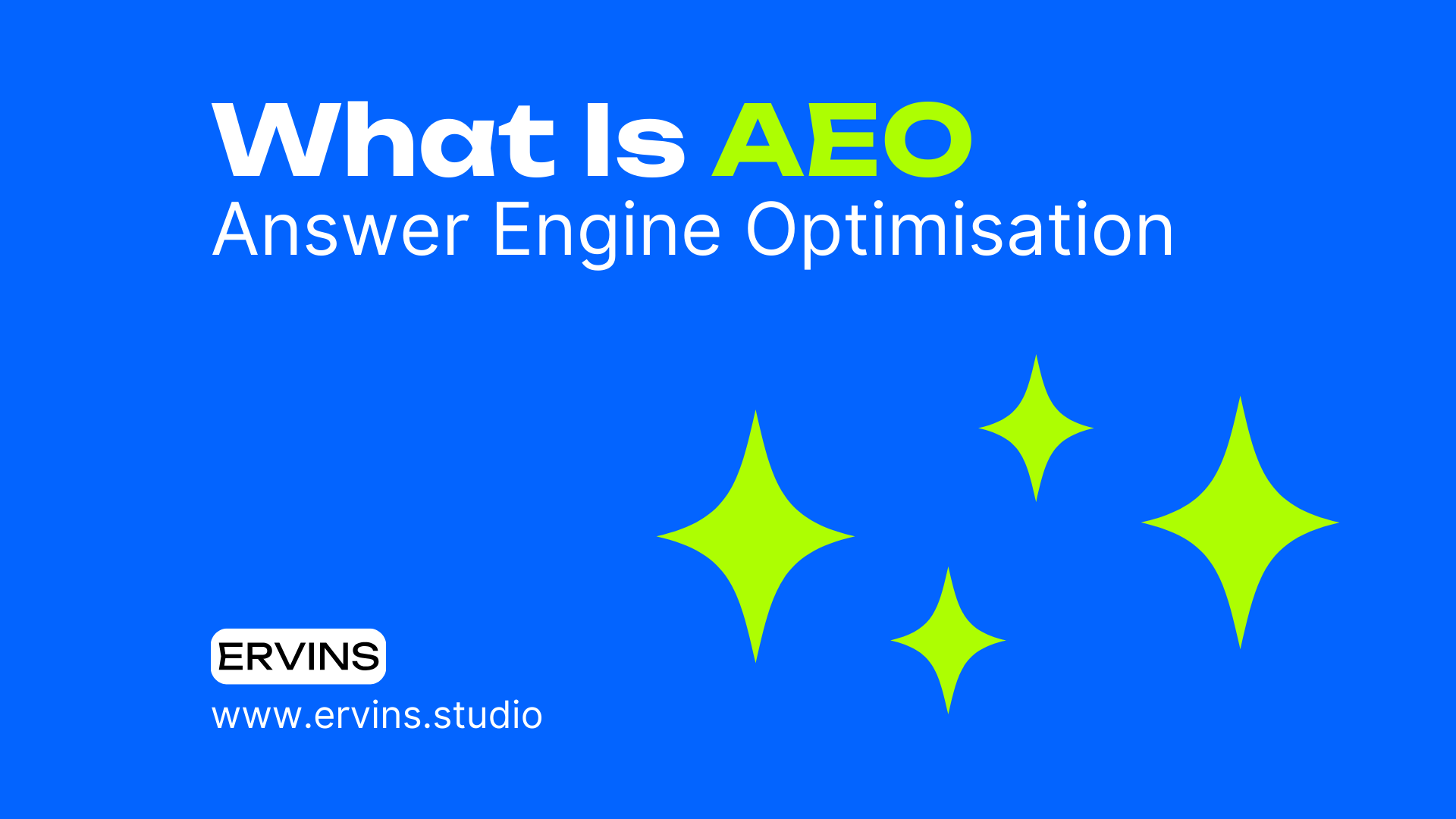What Are Google AI Overviews, and How Can SMEs Protect (and Grow) Their Organic Traffic in 2025?
≈ 3 min reading time
What Exactly Did Google Change?

In June 2025, Google rolled out AI Overviews across UK & EU search results. These AI-generated summaries now appear at the top of search pages, answering user queries instantly. This shift pushes traditional organic listings further down, impacting visibility for informational content.
Google’s AI Overviews pull information from multiple sources, synthesising them into concise answers.
Will My Blog Still Rank? Why Should SMEs Care?
Early data from Sistrix and SEOClarity shows:
- Informational blog traffic has dropped by 10–30% for SMEs.
- Pages that were ranking in the top 3 are now often replaced by AI Overviews.
If your business relies on organic traffic for leads, this change can cut deeply into your visibility - especially if your content isn’t structured to feed into AI answers.
How Do AI Overviews Choose Sources? Is It E-E-A-T or Something New?
Google’s AI doesn’t “rank” pages in a traditional sense. Instead, it prioritises:
- E-E-A-T signals (Experience, Expertise, Authority, Trustworthiness)
- Page Experience (Core Web Vitals, mobile optimisation)
- Content Structure (Clear headings, bullet points, schema mark-ups)
In short, Google’s AI looks for the best answer format, not just the best keyword match.
👉 Focus on structuring content for Answer Engine Optimisation (AEO), not just SEO.
What Can I Do This Week? (5 Immediate Fixes)
- Audit your top informational pages - Identify which queries are now showing on Google AI Overviews.
- Reformat key articles - Add FAQ sections and bullet-pointed answers.
- Implement schema mark-ups - FAQ, How-To, and Article schemas improve AI crawlability.
- Improve page speed and mobile usability - these are direct ranking signals for AI.
- Update internal links - Guide Google’s AI to related content for deeper context.
Do We Still Need Blogs? (Long-term Content Strategy)
Absolutely - but the game has changed.
Blogs must now be structured around pillars and supporting articles, feeding AI Overviews with clear, authoritative answers.
Instead of writing 500-word generic posts, focus on in-depth guides that answer specific queries. Think of a reader / user / client and be genuine!
This is also a perfect time to invest in a content audit and AEO optimisation sprint.
Which Tools Spot AI-Overview Cannibalisation? (Tool Stack & Checklist)
To monitor AI Overview impacts, use:
Sistrix Visibility Index - Tracks SERP layout changes.
SEOClarity ArcAI — Identifies pages losing clicks to AI answers.
Ahrefs / SEMrush Position Tracking - Monitor keyword position shifts.
Google Search Console Performance Reports - Watch CTR dips on top informational queries.
Quick article overview:
What are Google AI Overviews?
AI Overviews are AI-generated answer boxes summarising search results at the top of Google SERPs. They’re designed to give users quick, direct answers without needing to click.
Do AI Overviews replace organic search results?
No, but they push traditional organic results lower on the page, reducing visibility and click-through rates for many informational queries.
Can small business websites appear in AI Overviews?
Yes. SMEs can appear if their content is:
- Well-structured with FAQs, bullet points, and schema markup.
- Demonstrating strong E-E-A-T signals.
- Providing clear, concise answers to search queries.
Does traditional SEO still matter?
Absolutely. However, SEO now needs to incorporate Answer Engine Optimisation (AEO) practices to align with AI Overview requirements.
How can I check if my pages are affected?
Use tools like Sistrix, SEOClarity, and Google Search Console to monitor keyword rankings, CTR drops, and identify which queries trigger AI Overviews.
Ready to Grow Your Business?
Whether you're just starting out or scaling up, we help businesses like yours stand out, attract clients, and generate real results.












